In June last year, The Grocer launched a special investigation into the authenticity of manuka honey on sale in the UK. The magazine was alerted to the possibility there might be discrepancies between what producers claimed on their labels and the contents of the jar by a mysterious source known only by the pseudonym ‘Manuka Man’.
Manuka Man claimed some producers and retailers were deliberately perpetrating widespread food fraud, with UK consumers paying anywhere in the region of £10 to £40 for a watered-down kanuka and honeydew blend that had a retail value of just a couple of pounds.
One legitimate manuka honey producer, who wished to remain nameless for fear of repercussions, compared the UK manuka honey market to “the Wild West”, with “rogue operators” fleecing consumers and making millions of pounds in the process.
Figures from New Zealand - the primary supplier of manuka honey - appeared to substantiate these claims. It’s estimated that about 1,700 tonnes of manuka honey is produced in New Zealand per year, yet circa 1,800 tonnes of the stuff is sold in the UK alone, with significant volumes of honey also being shipped to America, Asia and other parts of Europe. Clearly something was amiss.
Testing
To get to the heart of the issue, The Grocer commissioned one of the UK’s leading honey testing laboratories, Minerva Scientific, to undertake a series of tests on a random selection of manuka honey jars on sale in the UK. The tests assessed the validity of the claims printed on honey labels versus the jars’ contents. Of the seven honeys scrutinised by the laboratory, six had potential discrepancies.
No one is suggesting the companies whose jars we tested were knowingly doing anything wrong. Some of the properties in manuka honey are unstable and can be adversely affected when they’re exposed to heat, such as when they pass the equator on their voyage from New Zealand to the UK, or when the barrels of honey are warmed up when it reaches its packing destination so the honey can be poured into jars. As a result, it’s perfectly plausible honey was true to label when it left its country of origin, or even when tested on arrival in the UK, but by the time the jars hit the shelves it could have degraded.
“There is currently no legal definition on how manuka honey should be labelled. And while New Zealand has produced its guidelines, there is no legal requirement for honey to meet those characteristics”
Whatever the vagaries, it was clear the old labelling regime, which allowed claims such as ‘active’ and ‘total activity’ to be used on jars, needed to be closely examined by the authorities because the special stuff in manuka honey - that supposedly provides the acclaimed health benefits - is its non-peroxide activity, or NPA - yet very few brand owners printed the NPA content of their product on the label.
To address this problem, in late July last year New Zealand’s Ministry for Primary Industries (MPI) issued a series of non-binding Interim Labelling Guidelines (ILGs). These guidelines ruled that words such as ‘active’ and ‘total activity’ (TA) should no longer be used on jars of manuka honey, nor should figures denoting the supposed ‘activity’ level of the honey - usually a number followed by a + sign (eg: 20+).
The guidelines also stated that to qualify as genuine manuka honey, products should pass a series of tests covering a number of different areas including conductivity, colour and taste. Crucially, they determined that genuine manuka honey should contain ‘manuka-type’ pollen and methylglyoxal (MGO) - one of a number of different chemical markers found in manuka honey (to date, experts have identified as many as 12 different markers commonly found in manuka).
To see how the industry is faring against the MPI’s interim labelling guidelines, The Grocer commissioned Minerva Scientific to test 15 products on sale in the UK (see over). These products were purchased from health stores, online retailers and supermarkets. And 12 of the 15 products tested met the “analytical characteristics” set out in the MPI guidelines.
Yet while the results suggest that most ‘active’ manuka available in the current marketplace is genuine ‘true’ manuka, containing significant amounts of the much-desired ‘unique manuka factor’ [UMF], according to Dr David Hoyland, commercial director at Minerva, an alternative interpretation is “that the analytical criteria currently detailed in the New Zealand ILGs lack the stringency to wholly define and protect the ‘true’ manuka-derived non-peroxide active products in the marketplace.”
Hoyland points out that “the majority of the claimed activity of a number of these products is derived from peroxide activity and not the non-peroxide activity desired by consumers of active manuka honey products. “In our experience, MGO contents of less than 100 parts per million (mg/kg) in a honey support little to no detectable non-peroxide activity,” he adds.
Furthermore, three of the 15 products included in the survey failed to meet the ILGs’ analytical criterion established for the conductivity value expected for manuka honey. “Each had a conductivity value higher than the maximum allowed,” says Hoyland. “High-conductivity values in honeys have been associated with the presence of honeydew honey.”
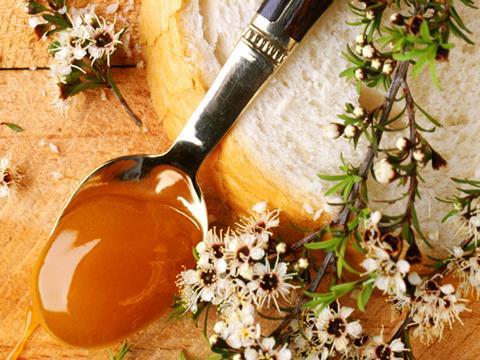
Robust defence
When approached to explain why their products might have failed the conductivity test, brand owners and retailers put forth robust defences.
Ben Wilson, general manager at USP Healthcare, which sells Queen Bee, says the company welcomed the introduction of the MPI guidelines. “We confirm all our honey that entered the supply chain after 31 July 2014 (the date the new guidelines came into force) is tested to meet the criteria contained within the guidelines” and points out the company’s manuka honey is “not sold on MGO content, nor do we make any claims regarding MGO on the label”. The batch of Queen Bee honey tested was released to market prior to the introduction of the ILGs.
Likewise, a spokesman for Holland & Barrett, which stocks Pure Gold and Manuka Doctor, says the manuka honey it sells is labelled as TA and not NPA or UMF. “For both of the batches you tested we have certificates from suppliers as well as Fera which confirm both products meet UK labelling requirements and that all label claims are correct. The Fera test certificate we have for the Pure Gold batch records TA at 19 and the Fera certificate for the Manuka Doctor batch records TA at 25.”
“I am appalled by what has been produced as guidelines by the MPI … they make it legitimate to pass off kanuka honey as manuka”
Marcus Rudkin, legal advisor to Manuka Doctor, also points out the batch tested by Minerva was labelled, packed, tested by Fera and released on to the UK market in June 2014, before the MPI’s guidelines came into force. Rudkin argues it would therefore be misleading to suggest the batch does not meet the MPI’s guidelines as they did not exist when the honey was manufactured and introduced to the market. The batch tested was true to label and conformed to UK standards applicable at the time, he points out. And it made no claims as to MGO levels and when tested was shown to have a manuka pollen count of 85.5%.
He adds that conductivity is an indirect measurement of the mineral content of honey. “Most flower honeys have low mineral content and low conductivity. Manuka, however, has a higher than normal conductivity. This may be due to the commonly occurring inclusion of a small amount of honeydew in manuka honey or it may be a feature of manuka honey. There is still data being gathered and this will be discussed at the industry meeting with MPI.”
Rudkin also identifies problems with the current testing regime. “Manuka Doctor found significant differences in the conductivity test results for the same samples, which are tested in two commercial laboratories in New Zealand. Manuka Doctor itself tested samples of its honey using four different conductivity metrics and found two extreme results. This concern has been raised with MPI and we are currently pushing for confirmation of how conductivity should be tested.”
Manuka Doctor’s testing is “thorough and world-class”, with each batch of honey tested at an independent laboratory in New Zealand and then re-tested when it lands in the UK by Fera, he claims. The product is then labelled at the lowest test value to ensure “each batch is traceable and true to label,” with each batch of the company’s honey sold worldwide allocated a certificate of analysis and batch test results.
Pure Gold did not respond to requests for comment.
While a few products may have failed on the grounds of conductivity, all the jars of honey tested by Minerva passed the MPI’s criterion for a ‘minimum colour of greater than 62mm Pfund’ (see p28) - “although any honey with a colour of moderate light amber and darker would meet this criterion,” says Hoyland. Every product tested also contained ‘manuka-type’ pollen, but he is quick to point out “the mere presence of manuka and/or kanuka pollen in a honey at no pre-defined minimum level isn’t, by itself, going to define a honey as ‘manuka’. Any honey with small amounts of ‘manuka-type’ honey in its blend could meet this criterion”.
Appalled
That’s why Dr Peter Molan, who initially discovered that honey produced by bees feeding off manuka boasted antibacterial properties that might be beneficial to human health, is far from impressed by the MPI’s guidelines. He argues they don’t go anywhere near far enough. “I am appalled at what has been produced by the MPI. The guidelines have been produced to protect the existing business of people passing off as manuka honey products that do not have the special non-peroxide activity unique to manuka. Most of the misleading product on sale, with activity rating numbers that are hydrogen peroxide activity and not the genuine non-peroxide activity, has been kanuka honey. It can be passed off as manuka honey because the pollen grains of manuka and kanuka are indistinguishable and the MPI guidelines now make it legitimate to pass off kanuka honey as manuka honey.”
As Molan points out, vast swathes of kanuka trees are harvested for their honey in New Zealand, but “next to no honey is seen on sale described as kanuka honey”. (We do not understand Professor Molan’s claims of passing off to have been directed at any specific products on sale in the UK, but rather at elements operating in the global manuka market more generally.)
Molan also criticises the MPI for failing to specify a minimum level for the MGO content of an authentic manuka honey in the guidelines. “Because all stored sugar-containing foods form some MGO, all honeys contain some MGO,” he adds.
In its defence, when the MPI issued the ILGs it didn’t claim they were a panacea for the industry’s ills. They were merely interim guidelines the MPI intended to modify following further research and dialogue with industry bodies, honey producers and even food agencies overseas. That work is ongoing, according to Steve Hathaway, director of food science and risk assessment at the MPI. “Since the introduction of the interim guide, MPI has [enabled] the industry to understand the requirements and make adjustments to their labels. MPI is now in the process of increasing regulatory action to ensure requirements are met.”
Hathaway adds that some countries - including the UK - require honey exports to have official assurances from the New Zealand government and from 1 January 2015 MPI “commenced withholding these official assurances where priority labelling non-compliances - including therapeutic claims, health claims and missing lot identification information - are identified. This will ensure that future manuka honey consignments to the UK will not have activity claims.”
In most cases, exporters have already corrected labels to address these “priority issues”, according to Hathaway, who says that as of 2 March 2015 the MPI would start to take action against the “misuse of grading systems and explanatory statements, content claims and missing New Zealand/Australia business address information”, with “all other non-compliances” addressed from 30 June this year.
Although there isn’t a definite timeframe in place as to when the interim guidelines will be further tweaked - or converted from voluntary to compulsory - the MPI started funding a number of pilot science projects in February last year that are expected to run for two years and will ultimately help to provide a “robust and measurable” definition of manuka honey, which will then be developed and implemented by the MPI.
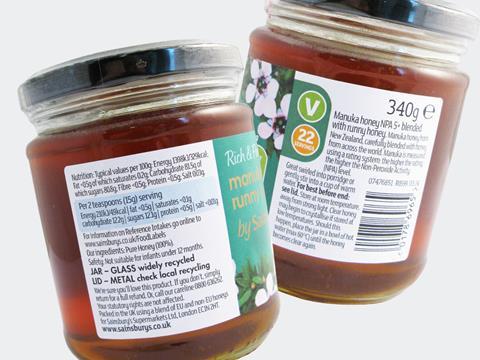
What the MPI guidelines call for on new labels
Producers cannot make therapeutic claims about their manuka honey products
Claims such as ’non-peroxide activity,’ total peroxide activity,’ ‘peroxide activity’ ‘total activity’ and ‘active’ should be removed from labels on jars of manuka honey
The honey must contain chemical marker methylglyoxal (MGO) in order to be described as manuka
The content level of MGO claimed on the label must be retained throughout the shelf life of the product
The manuka/kanuka pollen count must be expressed as a percentage of all pollen present in each jar
High standards
The introduction of such a definition can’t come soon enough for producers, many of whom have already gone that extra mile to ensure their product is true to label. According to Rashda Ali, Europe market manager for Comvita, whose MediBee product registered one of the highest MGO counts, the company has invested heavily in its own state-of-the-art laboratory. “Comvita checks each tub of manuka honey is at least the UMF grade on the label. The results from in-market testing consistently confirm our brand integrity.”
Rowse has gone to similar lengths to ensure its manuka meets a high standard, as witnessed by the MGO score of 590 for the honey tested by The Grocer. Kirstie Jamieson, Rowse Honey marketing director, says its honey is sourced through a “trusted and well-established supplier base” in New Zealand, with every delivery tested at source and on receipt at Rowse Honey in Wallingford, Oxfordshire. “We do this to ensure its adherence to EU regulations and to guarantee its authenticity. As the UK’s brand leader in genuine manuka honey, Rowse is committed to ensuring consumers can buy manuka with confidence. Genuine manuka and all Rowse manuka honey contain methylglyoxal. This is what justifies the price premium.”
Jamieson welcomes the intent behind the guidelines but echoes the concerns of others as to their effectiveness. “They lay out a number of characteristics which, if met, allow the word ‘manuka’ to be used on a label. However, they only quantify the characteristics of colour and conductivity, which are not unique to manuka. [And] critically they do not define a minimum level for MGO, which is unique to manuka and responsible for its unique property - NPA.”
To address this perceived shortcoming, the Unique Manuka Factor (UMF) Honey Association - a quality trademark for manuka honey products - has launched its own ‘Manuka ID Project’, which has sourced the “best possible manuka honey and nectar samples to ensure the research being done has a solid basis,” according to John Rawcliffe, general manager of the UMF. “The association has budgeted over $1.2m for this project and is working with internationally recognised professionals, including Professor Karl Speer, Dr Terry Braggins, Professor Yoji Kato, Dr Peter Brooks, Dr Adrian Charlton [from Fera in the UK], and several other scientists from laboratories and universities worldwide,” he says. “In the very near future consumers will have the potential to verify their manuka honey to ensure it is true to label [using] a simple test.”
UK authorities are keen to see the launch of such an initiative. When The Grocer ran its initial investigation into manuka honey, the FSA confirmed it was waiting on the publication of the MPI guidelines, which would be “crucial in helping UK enforcement officers consider what action to take on manuka honey activity claims”.
However, a number of months have passed since the guidelines were published and the FSA spokesman points out “there is currently no legal definition on how manuka honey should be labelled and while New Zealand has produced its guidance, there is no legal requirement for honey to meet these characteristics”.
As depressing as that might sound, there is room for optimism, with the results of local authority investigations and sampling expected soon. “The FSA continues to support local authorities to ensure effective national co-ordination and also provides additional funding on an annual basis to UK enforcement authorities for sampling and surveillance of food to help ensure risk-based targeted checks at ports and inland,” says the FSA spokesman. “Food authenticity and food adulteration issues have been prioritised in consultation with Defra and the Department of Health. As part of our current programme there is a priority for sampling of manuka honey and our enforcement officers will be collecting samples as part of this harmonised approach.”
The New Zealand guidelines have “provided a steer on what analysis should be carried out”, he adds. “It is anticipated the interim guidance will be an educational and transitional phase to allow industry to work towards compliance, and the New Zealand government is keen that we should review progress early in 2015.”
Given the long shelf-life of honey, this transitional phase may take some time to filter through to stockists as they continue to shift manuka honey stock produced prior to the introduction of the ILGs with labels that may not comply with the guidelines.
Then there’s the emerging challenge of producers adhering to the new guidelines and starting to label their products as ‘MGO manuka honey’ to consider.
Dr. Molan believes further education is needed to help consumers get to grips with this new era of manuka honey labelling. “I have already seen honey with low MGO ratings on the market,” he says. “Our research has shown that for a honey on sale to have a content of at least 50% manuka source - the minimum to be described as monofloral manuka honey rather than a blend - then its MGO content would have to be at least 250mg/kg. All the microbiological and clinical research work I have done over past decades has been conducted with manuka honey with a content of 350mg to 600mg of MGO per kg.”
So although the MPI’s new guidelines appear to be a step in the right direction, further work is clearly needed to ensure that UK consumers know what they’re getting and, more importantly, are getting what they pay for, when they reach for that expensive jar of manuka honey.
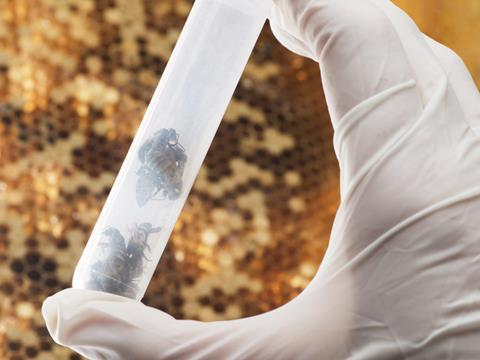
What do the results mean?
The guidelines have been blasted as too soft. Here is how the manuka we tested fared against them
- Conductivity: The higher the conductivity, the more chance there is that cheaper honeydew honey is present in the jar. According to the new MPI guidelines, manuka honey should have a conductivity number somewhere between 347 and 867. Three of the pots tested exceeded this threshold and therefore failed our tests.
- Colour: All types of honey come in a wide variety of colours from off-white to near-black. The plants that bees forage on determines the colour of the honey they produce. “This colour range is expressed in millimetres (mm) on the Pfund scale,” explains Dr David Hoyland, commercial director at Minerva Scientific. All the honey tested against the MPI guidelines passed the colour test, though Hoyland says any honey darker than light amber would also pass, whether true manuka or not.
- MGO and DHA: Scientists believe the chemicals MGO and DHA occur both naturally, and probably exclusively, in genuine manuka honey, even if it is at trace parts per million levels. Using a complex measuring technique known as high-performance liquid chromatography, Hoyland says labs can measure these miniscule levels “precisely”. The higher the MGO content, the better. All the honey tested passed, though MGO levels ranged from 50 to 735.
- Pollen identification: Much like the colour test, most honey contains pollen from the flowers bees forage. By filtering the honey and examining the residue specialists can identify the pollens present. But the pollen test is not a failsafe test for true manuka honey, according to Hoyland, as any honey blended with small amounts of true manuka would pass.











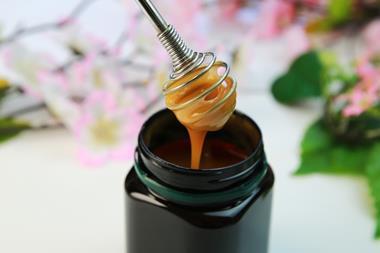
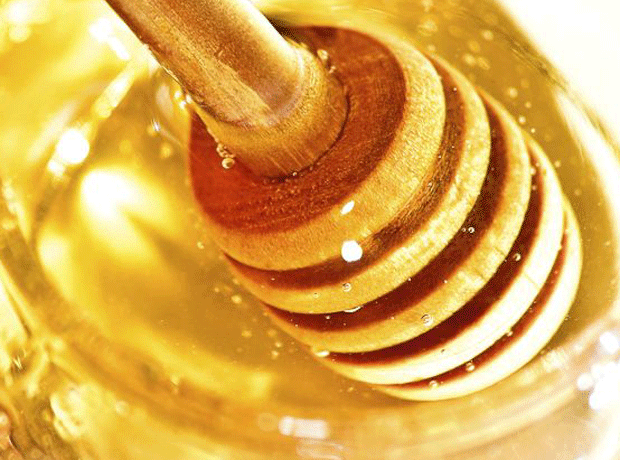


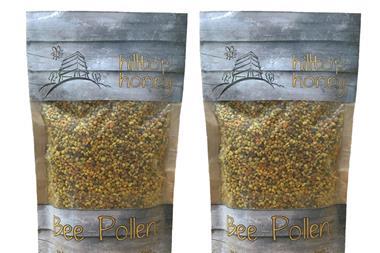

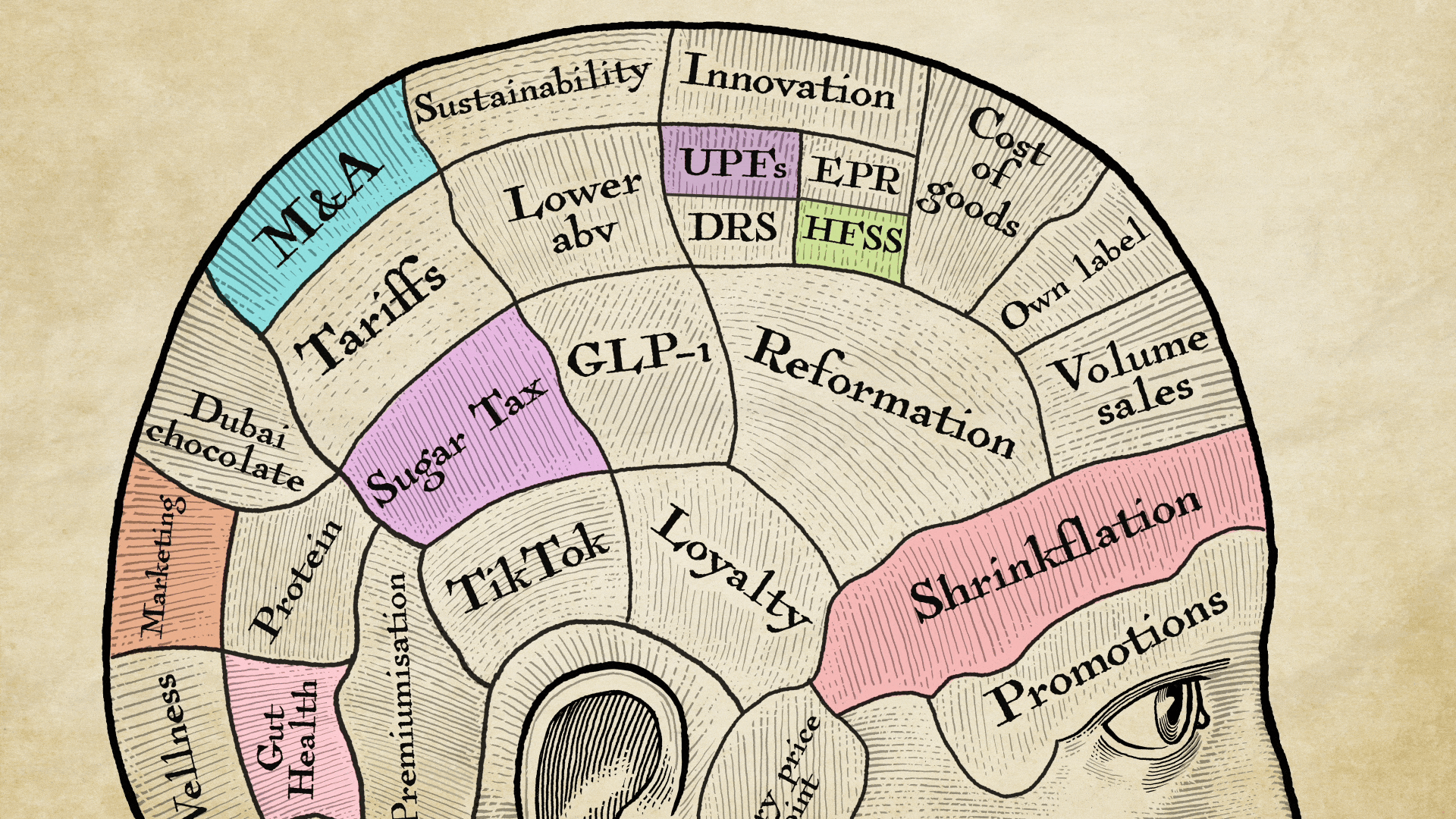

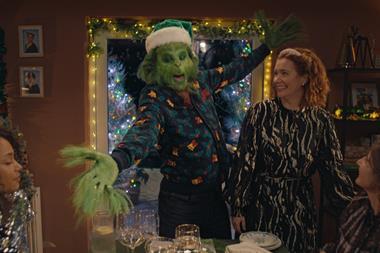



No comments yet